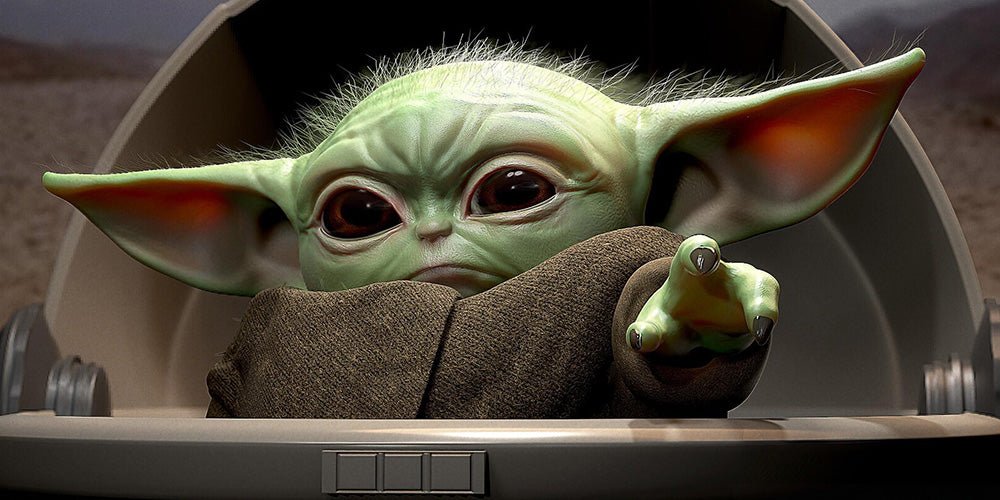When Master Yoda first hobbled onto the screen in the swampy planet of Dagobah in 1980's The Empire Strikes Back, the small, green-skinned, pointy-eared, and wise figure instantly captivated audiences worldwide. Nearly half a century later, this 900-year-old Jedi Master remains one of the most iconic figures in the Star Wars universe—and yet we know almost nothing about him.
Who is he? Where did he come from?
In the vast library of official Star Wars lore, Yoda’s species is coldly labeled: "Unknown." The official reference book Star Wars: The Complete Visual Dictionary even explicitly states: "Data insufficient regarding Yoda’s species and homeworld." In an era where the Star Wars universe’s species catalog has been meticulously detailed, this blank space feels baffling.
Yet Yoda is not alone—several members of his species have appeared across the galaxy: the powerful Jedi Master Yaddle in Legends lore, the wise female Jedi Master Yaddle in the canonical animated series The Clone Wars, and the global sensation "Baby Yoda," Grogu. Each shares the iconic traits: small stature, pointed ears, three-fingered hands, and astonishing longevity. But rather than unveiling the mystery, their existence only deepens the enigma, scattering fragments of Yoda’s life across the stars and thickening the fog around his kind.
Fans crave answers, but Lucasfilm remains a fortress of silence. George Lucas himself once allowed a glimpse of Yoda’s homeworld in early comics but quickly shelved it, personally sealing away the secret. To this day, the Lucasfilm Story Group enforces a strict ban: no creator may define Yoda’s origins. Even in the ambitious High Republic series, which explores the ancient past, writers are explicitly forbidden from touching Yoda’s homeworld.
But fan imagination cannot be contained:
-
Some speculate Yoda’s race is a physical manifestation of the Force itself, inherently attuned to cosmic energy;
-
Others believe they hail from a forgotten Force-nexus planet, where unique conditions shaped their physiology;
-
Bolder theories suggest Yoda’s death is not an end, but part of a species-wide cycle of rebirth.
Yet without official validation, these ideas drift like dust in the void.
Why such secrecy? Perhaps to the creators, mystique is the very essence of Yoda’s divinity. Assigning coordinates or naming his species would shatter the aura of ancient wisdom that cloaks him. Yoda would fade from symbol to sterile database entry. And Grogu’s phenomenal success in The Mandalorian proves the magnetic power of the unknown—an unsolved mystery forever outshines a revealed answer.
In an age of oversharing and deconstruction, Yoda and his kind remain a stubbornly unlit star in the Star Wars cosmos. Lucasfilm guards this silence, preserving the mystery that lets Yoda embody our longing for timeless wisdom. His homeworld may never appear on a star chart, but this darkness—this unknown—is the very source of his eternal light.
Sometimes, the deepest power lies in what remains unspoken, undefined, and shrouded in the Force

